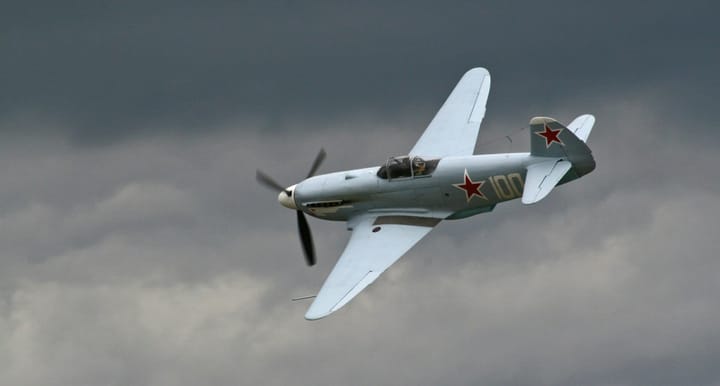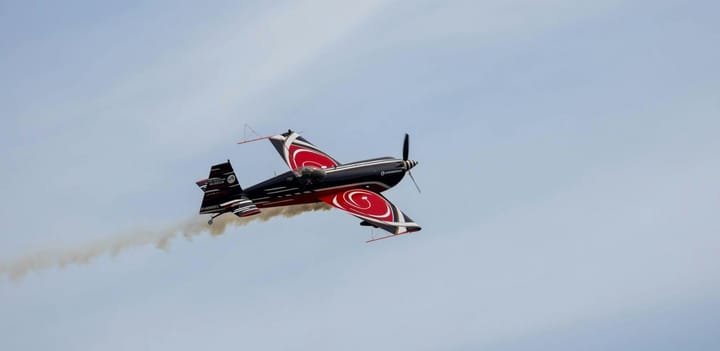Simulate aircraft cruise range, fuel burn, and endurance using aerodynamic and engine parameters with real-time outputs and performance charts. Analyze how speed, weight, and efficiency impact cruise metrics for design comparison or educational studies.
This Cruise Performance Tool provides an interactive way to simulate how key flight parameters affect an aircraft's cruise performance. Designed for aviation analysts, aerospace students, and performance engineers, it estimates cruise range, endurance, and fuel metrics based on aerodynamic and propulsion inputs.
⚠️ Disclaimer: All outputs are projected values for theoretical use only. They are not intended for actual flight planning or operational decision-making.
📌 What This Calculator Does
The tool models idealized cruise performance based on aerodynamic theory and engine characteristics. By adjusting input values, users can evaluate the impact of:
- Weight reduction
- Drag efficiency improvements
- Changes in cruise speed or fuel consumption
With real-time results and responsive charts, it serves as a valuable reference for comparing aircraft designs, estimating mission profiles, or conducting educational analysis.
🧮 Input Parameters – What You Enter
Each parameter supports both Metric (kg, m/s) and Imperial (lb, knots) units. A dropdown selector updates all fields accordingly.
- Initial Gross Weight (Wi)
The aircraft’s total weight at cruise entry.
(e.g.: 70,000 kg / 154,300 lb) - Final Weight (Wf)
Weight after cruise fuel burn. Must be lower than Wi.
(e.g.: 60,000 kg / 132,300 lb) - Lift-to-Drag Ratio (L/D)
Measures aerodynamic efficiency in cruise. Higher values mean less drag per unit of lift.
(e.g.: 15 for a typical transport jet) - Cruise Speed (V)
True airspeed during level cruise.
(e.g.: 230 m/s / 447 knots) - Specific Fuel Consumption (c)
Engine-specific fuel usage rate per thrust unit.
(e.g.: 0.00030 1/s for modern turbofans) - Available Thrust (optional)
Adds fuel flow and endurance estimates if provided.
(e.g.: 20,000 N / 4,500 lbf)
📈 Interpreting the Outputs
Once inputs are set, the tool calculates and displays the following:
- Cruise Range
Maximum distance the aircraft can fly during cruise phase.
(e.g.: 3,400 km / 1,835 NM) - Fuel Burn
Total fuel consumed between Wi and Wf.
(e.g.: 10,000 kg) - Endurance
Estimated cruise time based on fuel flow and consumption.
(e.g.: 5 hours 30 minutes) - Specific Range
Distance flown per unit of fuel burned.
(e.g.: 0.34 km/kg) - Fuel Flow Rate
Hourly fuel usage rate (when thrust is defined).
(e.g.: 2,050 kg/hr) - Thrust Required
Estimated aerodynamic thrust needed to sustain cruise.
(e.g.: 4,666 N) - Fuel Fraction
Percentage of initial weight burned as fuel.
(e.g.: 14.2%) - Range-to-Weight Ratio
Range normalized per initial weight unit.
(e.g.: 0.0486 km/kg)
These outputs update instantly as you interact with the sliders or input fields.
📊 Visual Charts for Performance Trends
Two high-resolution, real-time charts help visualize how cruise range is influenced by:
- Lift-to-Drag Ratio (L/D)
- Cruise Speed (V)
These curves illustrate trade-offs between speed, aerodynamic efficiency, and total range—ideal for comparative studies and design optimization scenarios.
🔧 Intended Use & Limitations
This cruise range calculator is a performance estimation tool, not a certified flight planning system. It's best used for:
- Aircraft design studies
- Performance benchmarking
- Mission planning concepts
- Aviation education and training
Results assume idealized conditions and constant cruise parameters. Real-world outcomes will vary based on winds, altitude, engine configuration, and flight profile.




Comments ()